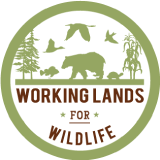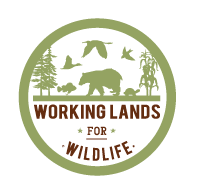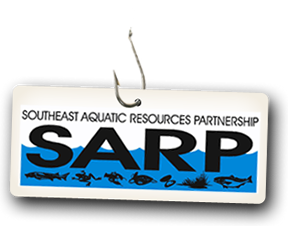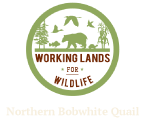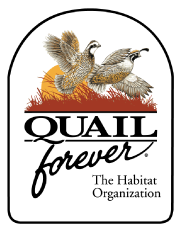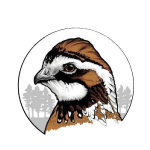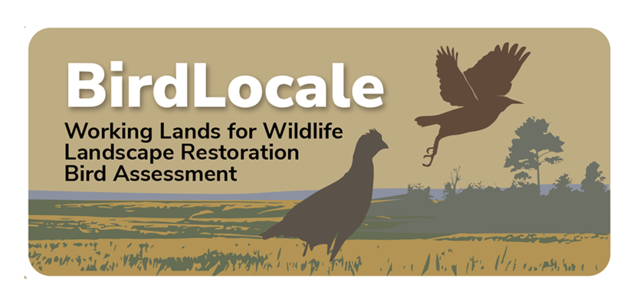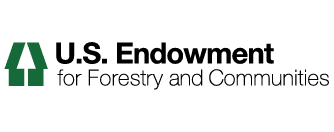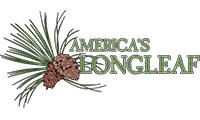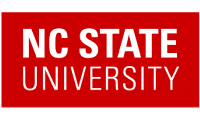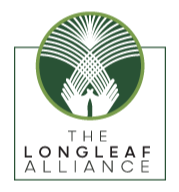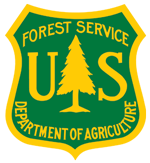Landscape Partnership Resources Library
New Jersey Priority Area Shapefiles
Northern Bobwhite Priority Areas, Northern Bobwhite Grasslands and Savannas Partnership 2022-2026
West Virginia Priority Area Shapefiles
Northern Bobwhite Quail Priority Areas, Northern Bobwhite Grasslands and Savannas Partnership 2022-2026
Tennessee Priority Area Shapefiles
Northern Bobwhite Priority Areas, Northern Bobwhite Grasslands and Savannas Partnership 2022-2026
Florida Priority Area Shapefiles
Northern Bobwhite Quail Priority Area, Northern Bobwhite Grasslands and Savannas Partnership 2022-2026
Virginia Priority Area Shapefiles
Northern Bobwhite Priority Areas, Northern Bobwhite Grasslands and Savannas Partnership 2022-2026
North Carolina Priority Area Shapefiles
Priority Areas for Northern Bobwhite Partnership 2022-2026 (Bobwhite Quali Initiative)
Mississippi Priority Area Shapefiles
Priority Areas for Northern Bobwhite Partnership 2022-2026 (Bobwhite Quali Initiative)
Louisiana Priority Area Shapefiles
Northern Bobwhite Priority Areas, Northern Bobwhite Grasslands and Savannas Partnership 2022-2026
Alabama Priority Area Shapefiles
Conservation priority area for Northern Bobwhite, part of the 2022-2026 Northern Bobwhite, Grasslands and Savannas National Partnership
Minnesota Priority Area Shapefile
Priority Area for Northern Bobwhite Conservation Partnership 2022-2026
